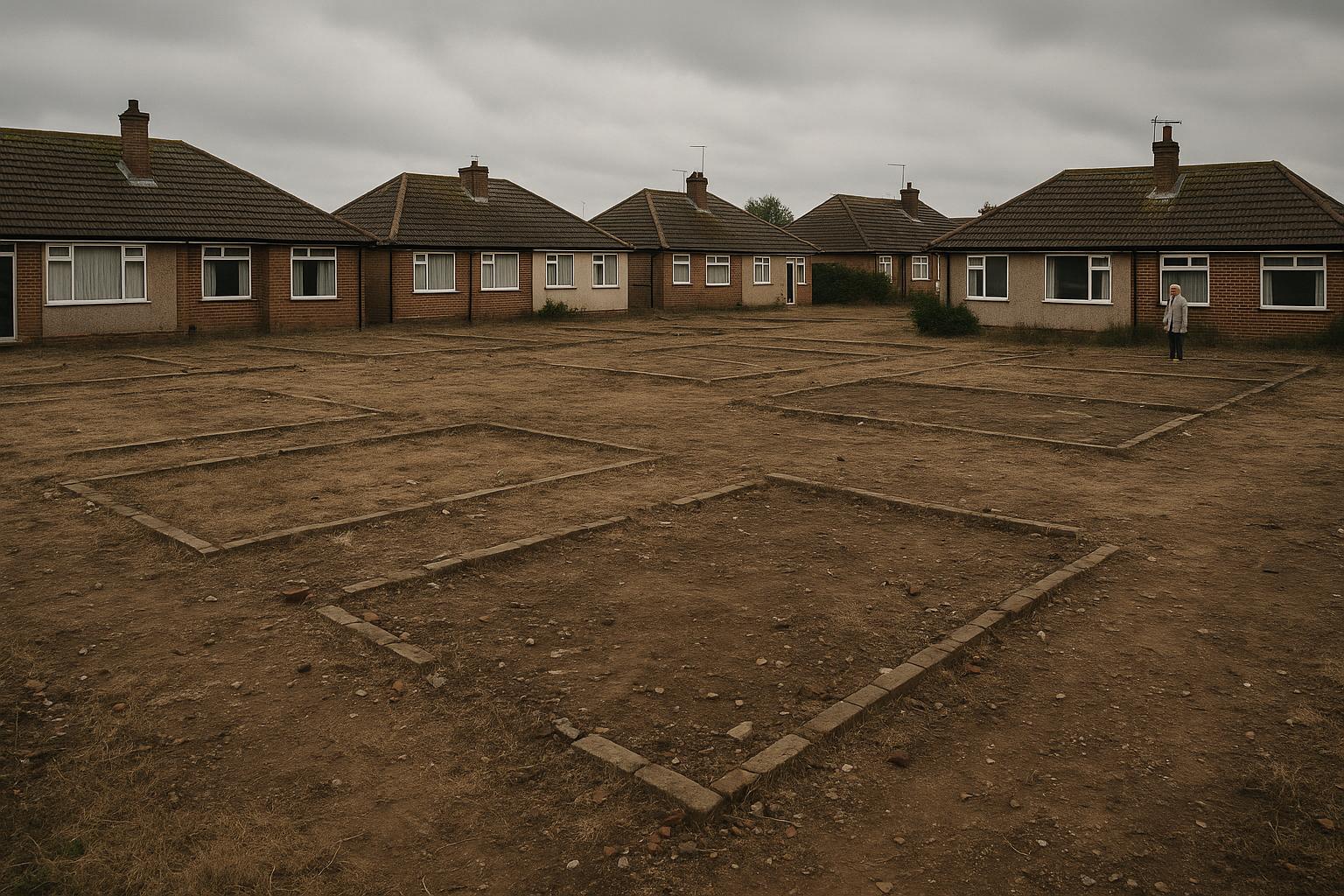A growing shortage of bungalows is exacerbating the housing crisis for older buyers in the UK, particularly for those in the 50 to 75 age range who are often looking for a “last-time move.” Age UK, among other organisations, has raised serious concerns about the lack of affordable, accessible homes that could help older people maintain independence and health as they age. This shortfall not only limits older people’s housing options but also poses wider challenges for social care systems, the NHS, and public finances.
According to a comprehensive survey conducted by Age UK, nearly half of older adults aged 66 to 74 have moved since reaching the age of 50. Despite this, a significant proportion express worries about future housing affordability and accessibility. For instance, over 40% are concerned about mobility issues related to home features such as steps or baths. Alarmingly, more than a quarter fear they might be unable to manage moving at all once they reach age 75, highlighting the critical need for suitable housing options earlier in the ageing process.
Bungalows, a preferred housing type among older adults for their single-storey convenience, have dramatically declined in new supply. Industry data from the National House Building Council shows that bungalows accounted for 11% of new home registrations in 1990 but plummeted to just 1% in 2024. This scarcity has led to widespread frustration among older homeowners. Research by the HomeOwners Alliance found that 1.2 million homeowners aged 55 and over have abandoned moving plans in the last two years, with the shortage of suitable homes cited as a key factor. Indeed, 38% of surveyed homeowners over 55 expressed a preference for a bungalow for their next home, yet this demand is barely met by the market.
The implications go beyond homeownership. Propertymark has highlighted that the shortage extends to the private rented sector, where over 3 million people aged 65 and older live. Only around 3,300 new bungalows were built in 2022, a number dwarfed by the growth in older renters—whose numbers in private rental housing have surged by 70% since 2010/11. This puts many older renters, particularly those on lower incomes, at risk of being trapped in unsuitable properties that do not meet their accessibility needs, underpinning calls for a housing strategy that addresses accessible housing across all tenures.
Experts and advocates stress the urgency of addressing this gap. Caroline Abrahams, charity director at Age UK, emphasises the need for a much greater focus on adaptable, high-quality homes that can accommodate ageing populations, especially as many will age in mainstream homes rather than specialised housing. Mary-Lou Press, president of Propertymark, echoes this by underlining how a lack of suitable housing forces many older people to remain in larger family homes, limiting availability for younger families and stalling the broader housing market. Neil Jefferson, chief executive of the Home Builders Federation, points to the need for local authorities to develop robust planning for homes catering to older people and suggests government incentives, such as stamp duty relief, to facilitate moving at all life stages.
The housing sector and policymakers face a "great opportunity" to realign development priorities to meet these demands, ensuring that homes built today can flexibly serve residents as they age. The chronic shortage of bungalows symbolizes a broader failure to accommodate an ageing population’s housing needs—an issue that impacts not just individuals but the entire housing ecosystem and public services that support older adults.
📌 Reference Map:
- Paragraph 1 – [1], [6]
- Paragraph 2 – [1], [6]
- Paragraph 3 – [1], [3], [4], [7]
- Paragraph 4 – [2], [5]
- Paragraph 5 – [1], [2], [6]
Source: Noah Wire Services
